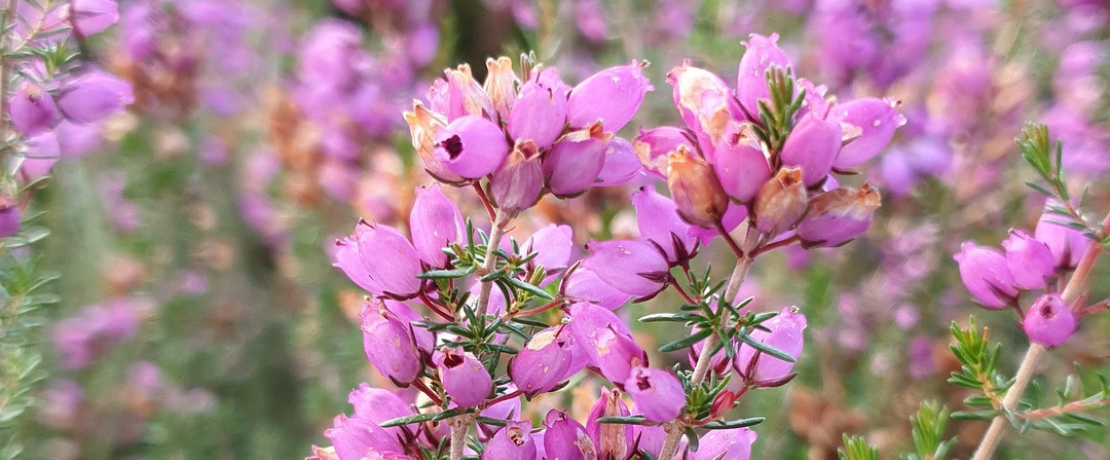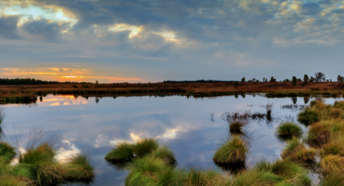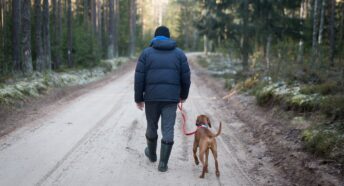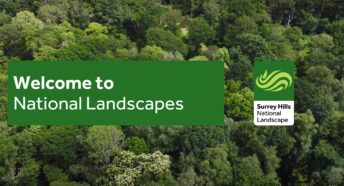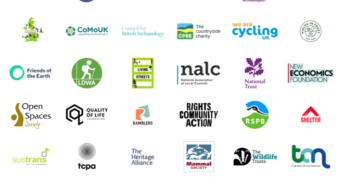Did you know… 85% of our heathland has been lost in the last 200 years?
An area bigger than Hertfordshire is to be dedicated to fast-tracking nature recovery, as new landscape-scale nature recovery projects have launched this summer. The Heathlands Connections in Surrey is one of six Nature Recovery Projects supported by funding from Defra and Natural England. Here in Surrey we are lucky to have these unique habitats to enjoy and protect for future generations. The lowland heath found in our local area is a hotspot for important, and rare, bird, reptile, dragonfly and plant species. 200 years ago much of West Surrey was heathland and we’re thrilled to see the coming together of local projects and partners to enhance, restore and connect this special habitat.
The Heathland Connections Nature Recovery Project launched in July by the government and Natural England will create wildlife-rich habitats, improve climate security, and offer opportunities for the local communities. In total six areas will be included in the Nature Recovery Projects funded with £7.4 million with the aim to support government targets to halt and reverse the decline in nature and support thriving plants and wildlife. Many rare birds, reptiles, dragonflies, and plant species will benefit including the rare Natterjack toad.
The wider projects include East of Eden, Cumbria, The Lost Wetlands, Cheshire – Lancashire, Tees Estuary Recovering Nature, Northumbria, Bradford and South Pennines, Yorkshire, and North Lincolnshire, and Seaford to Eastbourne, Sussex, and Kent. The projects will contribute towards the Nature Recovery Network and build on the G7 legacy project in Cornwall and the five Nature Recovery Projects launched in 2022 across the West Midlands, the Peak District, Somerset, Norfolk, and Cambridge. The extension to another six projects is a huge commitment that also includes uplands, coastal and marine areas across a three-year period.
In December 2022, the Government committed to an internationally agreed ’30 by 30′ target to protect 30% of our land and seas by 2030. The Nature Recovery Projects will help to achieve this pledge by improving and connecting existing strongholds for wildlife, creating new habitats and investing in collaborative action for nature at scale. The projects will empower local communities and generate long-term sustainable funding whilst improving understanding and appreciation of unique landscapes.
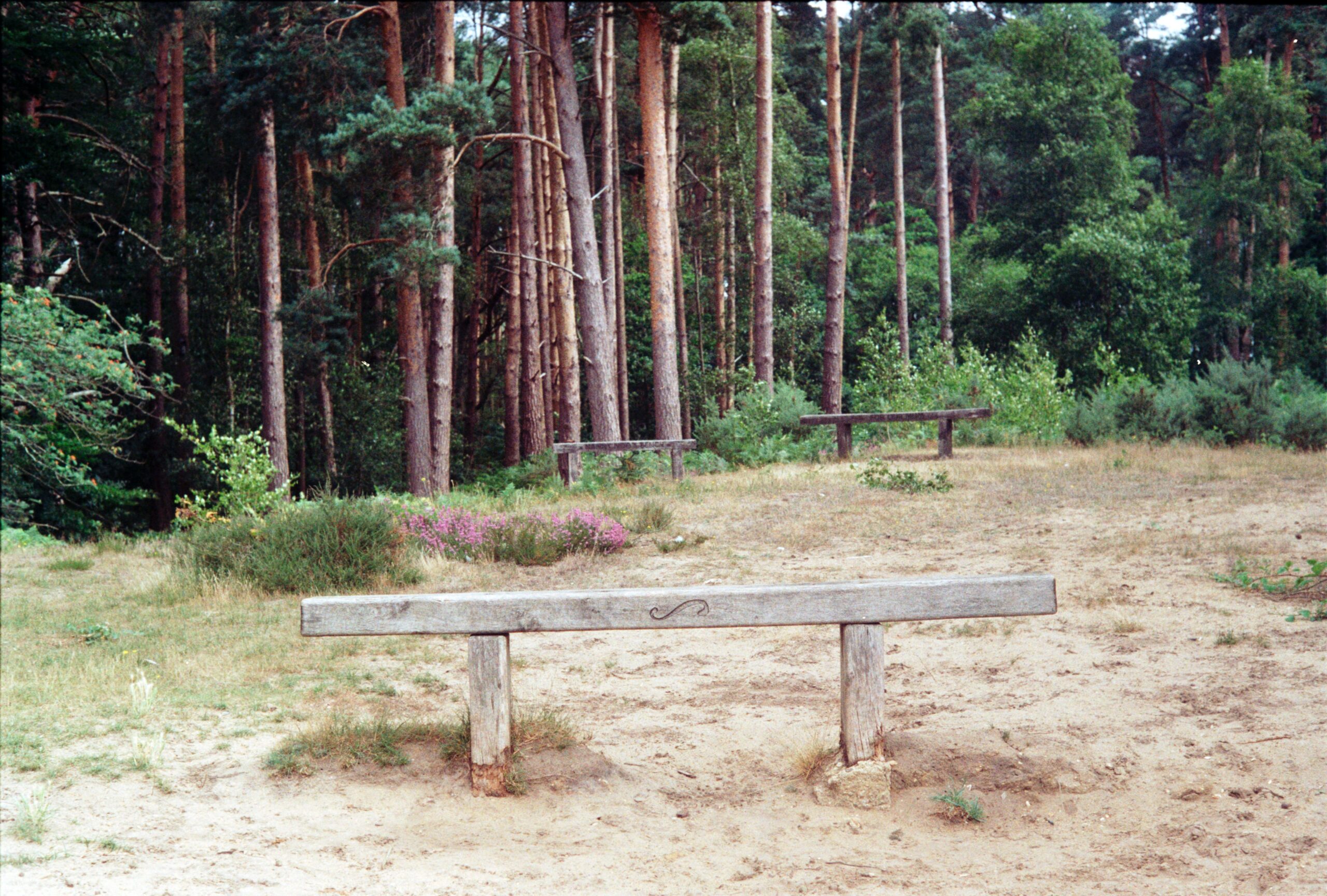
Photo by Gemma Evans on Unsplash
85% of Surrey’s heathland has been lost in the last 200 years
In the eighteenth century, the heathlands across Surrey, Berkshire, and Hampshire covered at least 100,000 acres. The unique and internationally rare habitat found in lowland heath started gradually disappearing thanks to turnpiking of roads and the development of country estates within easy reach of London. Railways, the military, and urbanization of the area meant that by the Second World War, only small areas of open heathland remained. After 1947 most of the remaining heath was saved by its designation as green belt but there is continued pressure on this unique environment for wildlife. Around 200 years ago much of West Surrey was heathland but to date, about 85% of Surrey’s heathland has been lost leading to a severe loss of biodiversity.
Within the county of Surrey, heathland is largely confined to two National Character Areas: the Thames Basin Heaths (on Tertiary sands and gravels overlying the London Clay) in the north west of the county and the Wealden Greensand in the south west and centre. Additionally, there is some heathland (notably Headley Heath) on superficial gravels overlying the chalk in the North Downs National Character Area. The project focuses on the habitats found in the western most section of the Surrey Hills Area of Outstanding Natural Beauty (AONB) landscape.
Connecting designated sites such as Thursley, Hankley, and Frensham Commons Special Protection Area together with surrounding heathland will enable partners to work more closely together and share knowledge. Finding solutions to habitat degradation, disturbance to ground nesting birds and the increasing threat of more frequent wildfires are key to protecting this biodiverse habitat for our county.
The Surrey Hills AONB has around 30 million visitors each year and the Healthland Connections project will deliver a ‘gold standard’ sustainable recreation plan to encourage all those visiting the area to use active travel, improve access and create better connections to nature.
Here in Surrey, the project includes National Trust, The Surrey Hills board, Surrey County Council, Waverley Borough Council, Surrey Wildlife Trust, RSPB, MOD, Forestry England, and Amphibian and Reptile Conservation Trust (ARC).
What will the Heathland Connections project do?
The Heathland Connections project will help to manage flooding and wildfire risks. We know only too well in Surrey how much devastation can be wrought by fire across our dry heathlands after we experienced record temperatures in 2022 destroying much of this precious habitat. The project will also improve carbon stores and build diverse habitats for wildlife such as the endangered wart biter cricket and the elusive twite. It will empower local communities, generating long-term sustainable funding opportunities while providing sustainable recreation that improves peoples’ health and well-being as well as their understanding and appreciation of this unique landscape.
“Heathland Connections will help us really engage with the local community and visitors on the importance of thriving with nature. The better connected they feel to the landscape and the nature within it, the better chance we have to safeguard and enhance it for generations to come.”
~ Rob Fairbanks, director for Surrey Hills National Landscape
“Heathlands are home to some of our most precious plants and wildlife, and we need to do everything we can to not only protect them but give them the best chance of recovering. We’re excited to be working alongside these partners to help achieve that.”
~ Matt Cusack, lead ranger for the Natural Trust
“We’re really excited to launch our Nature Recovery Project here across the iconic heathland of West Surrey, a rare and important landscape and habitat. This project is all about connections. It’s connecting the heathlands together, so they have a more certain future. It also connects the landscape with the people that live or visit here; connecting partners that work here to achieve a bigger impact together and connecting in the exciting, new ways to fund biodiversity and green infrastructure improvements. Doing so will help us achieve ambitious nature recovery progress in a place that matters for people and wildlife.”
~ Allison Potts, Thames Solent Area Manager, Natural England
Looking for more information?
Find heathlands in Surrey using this map of heathlands in Surrey from Surrey County Council.
Read about the history of Surrey heathlands in this article from the British Agricultural History Society
Visit Surrey Hills AONB for more information about their role in the project.
See the announcement from the government published on 20th July 2023.
We all have a part to play in keeping our wildlife and their habitats thriving for the next generation. If you are interested in helping us protect and celebrate the Surrey Countryside you can discover how to get involved here.
